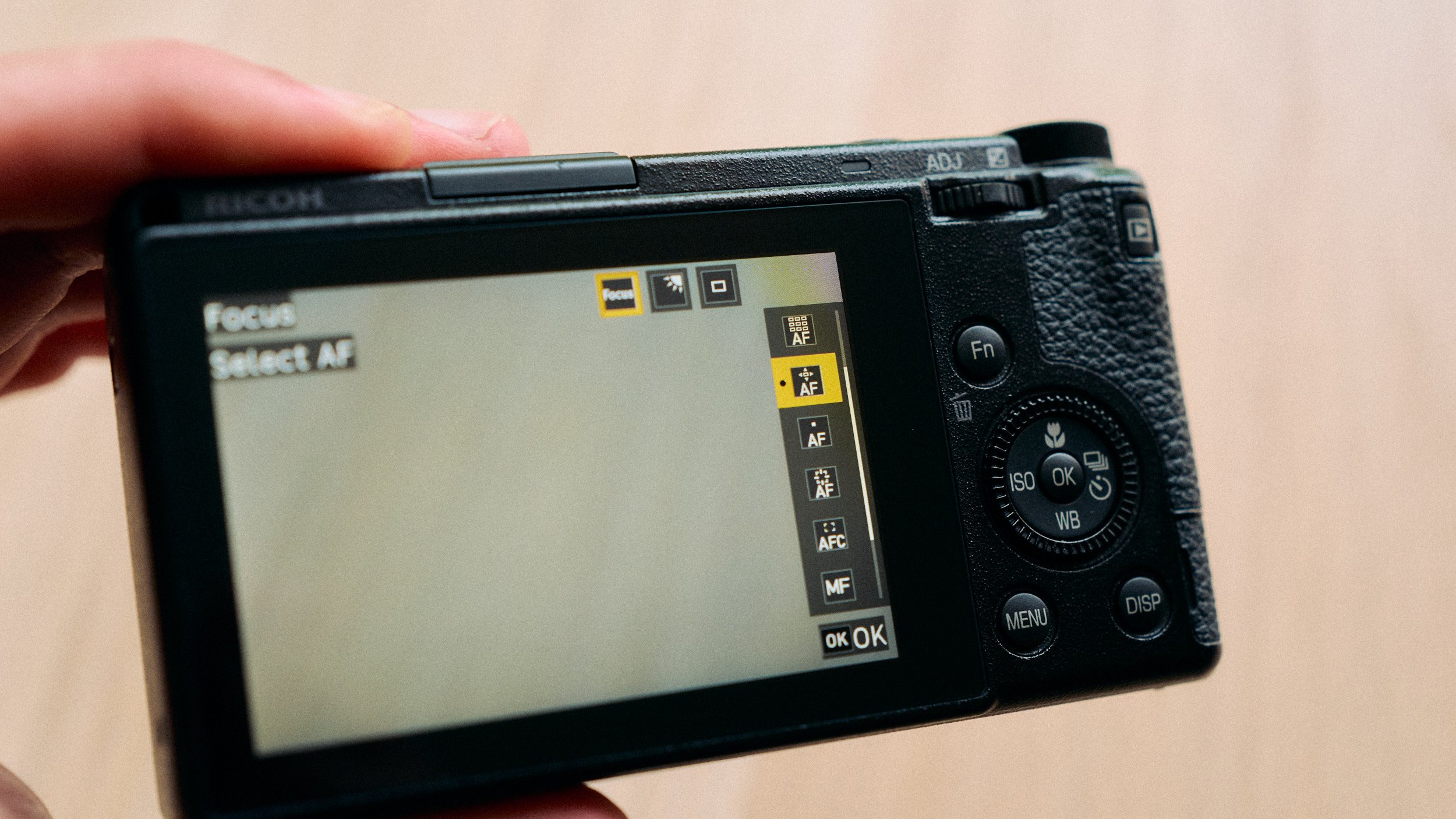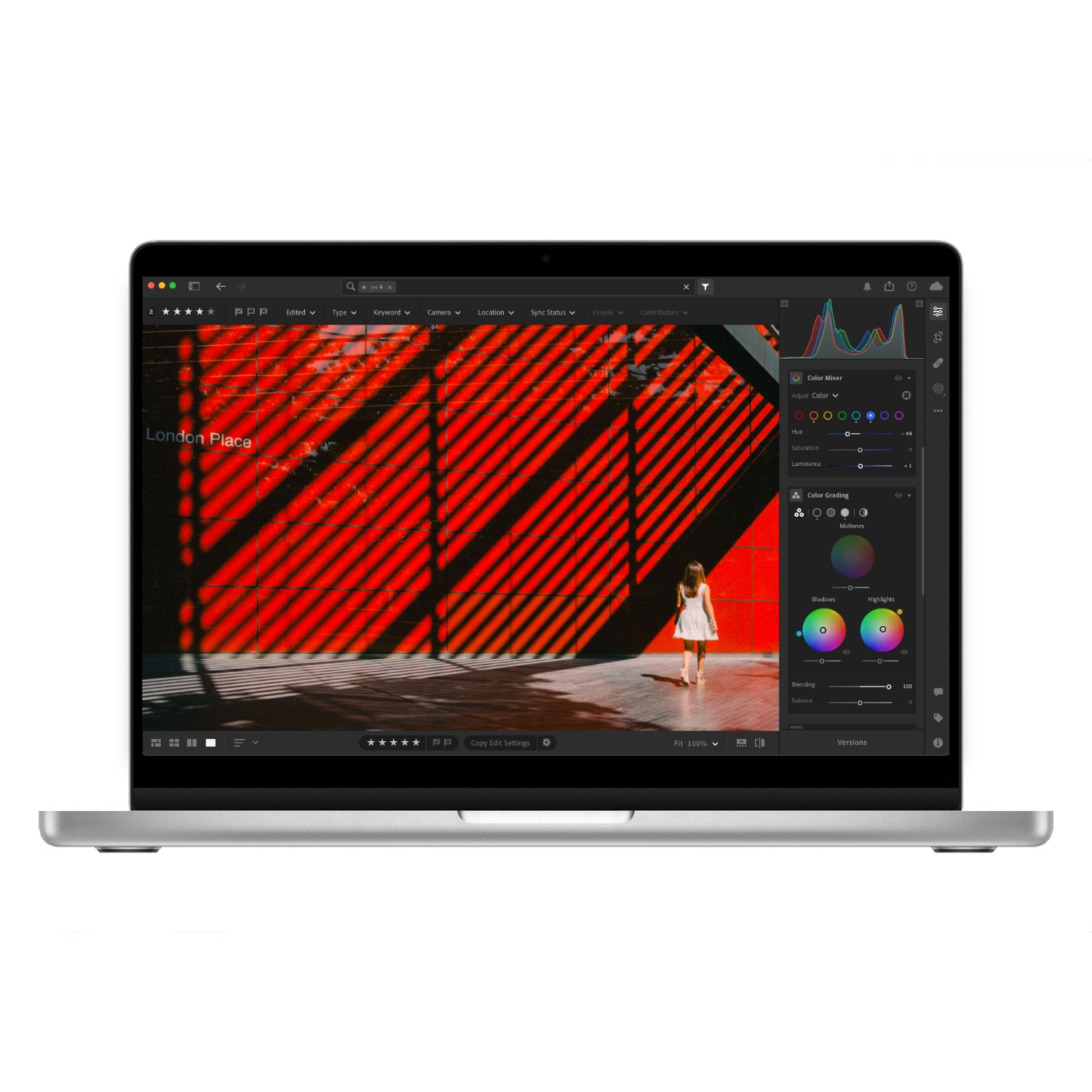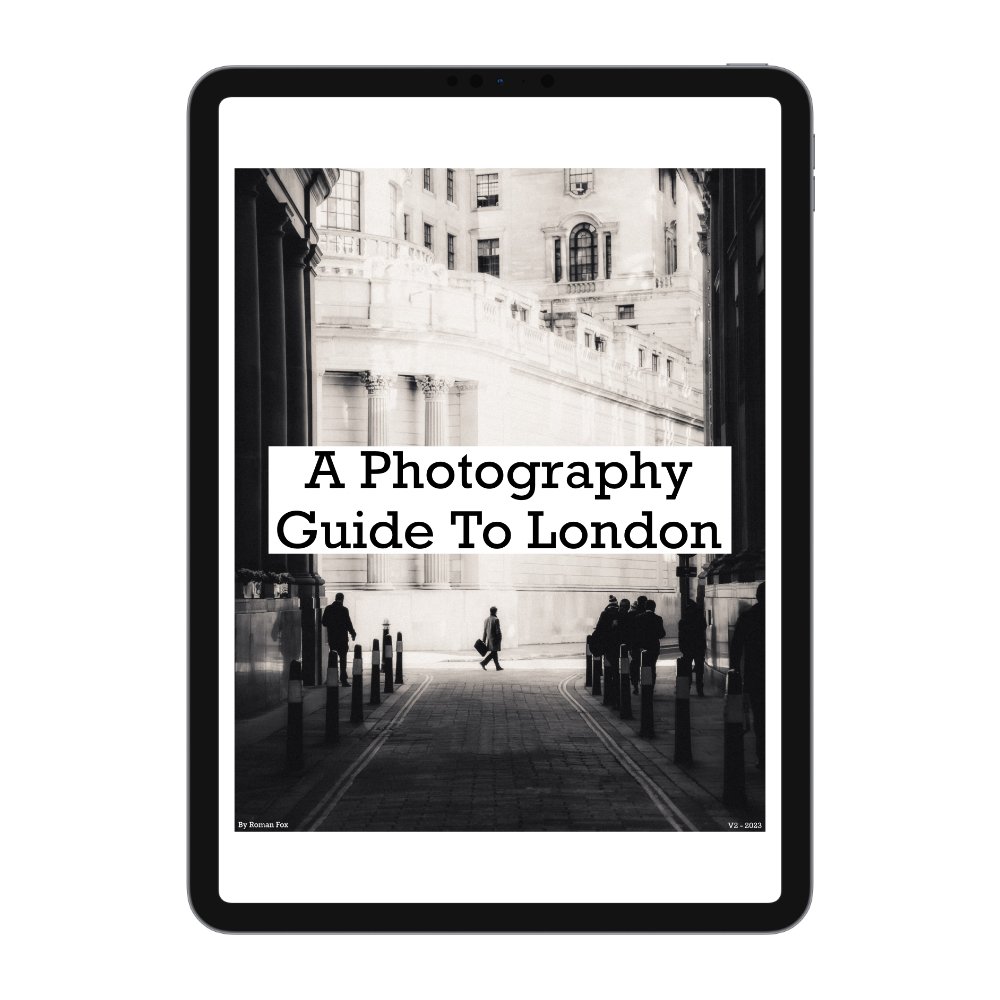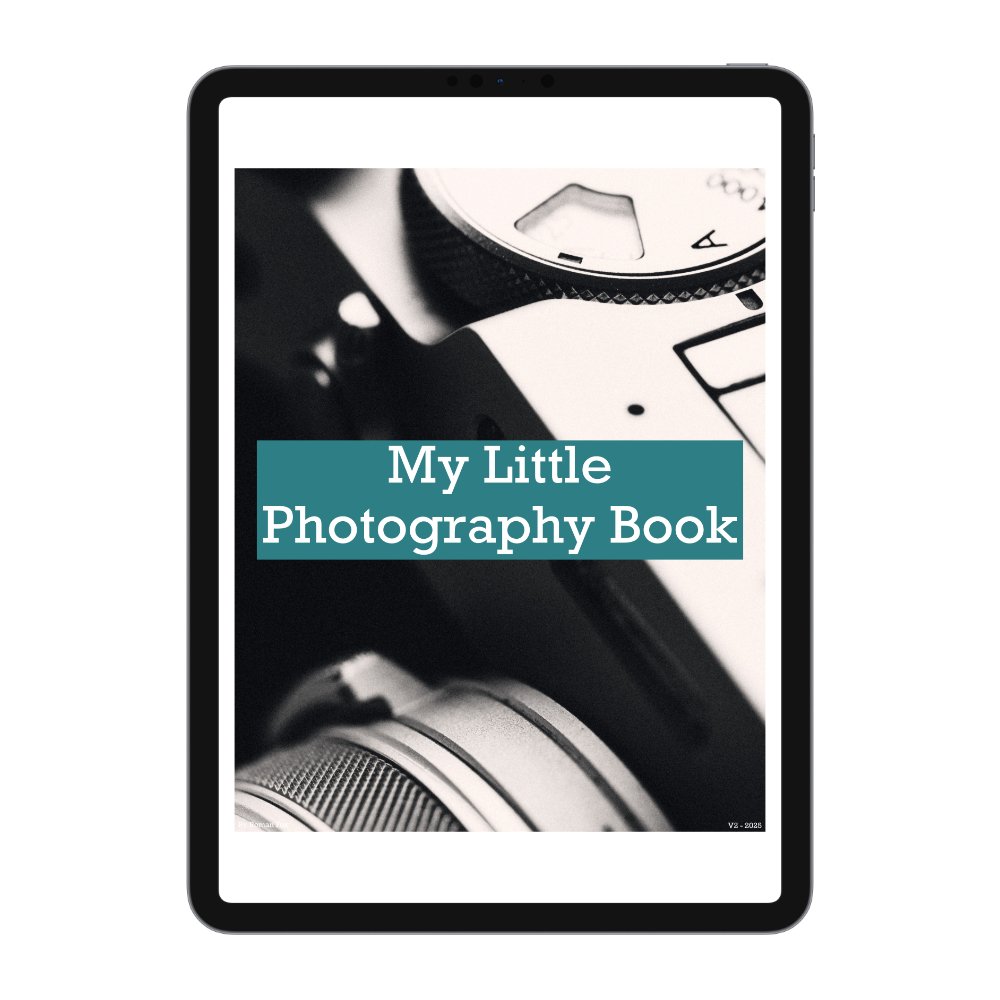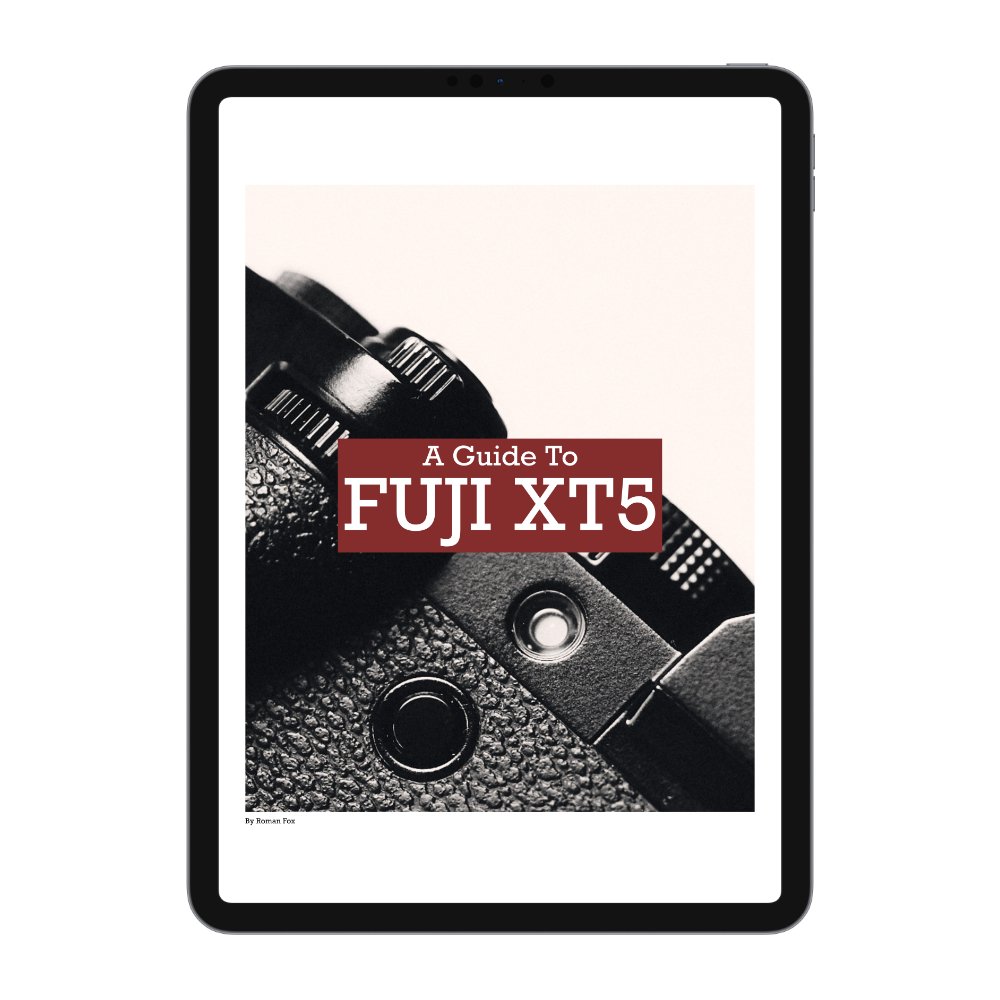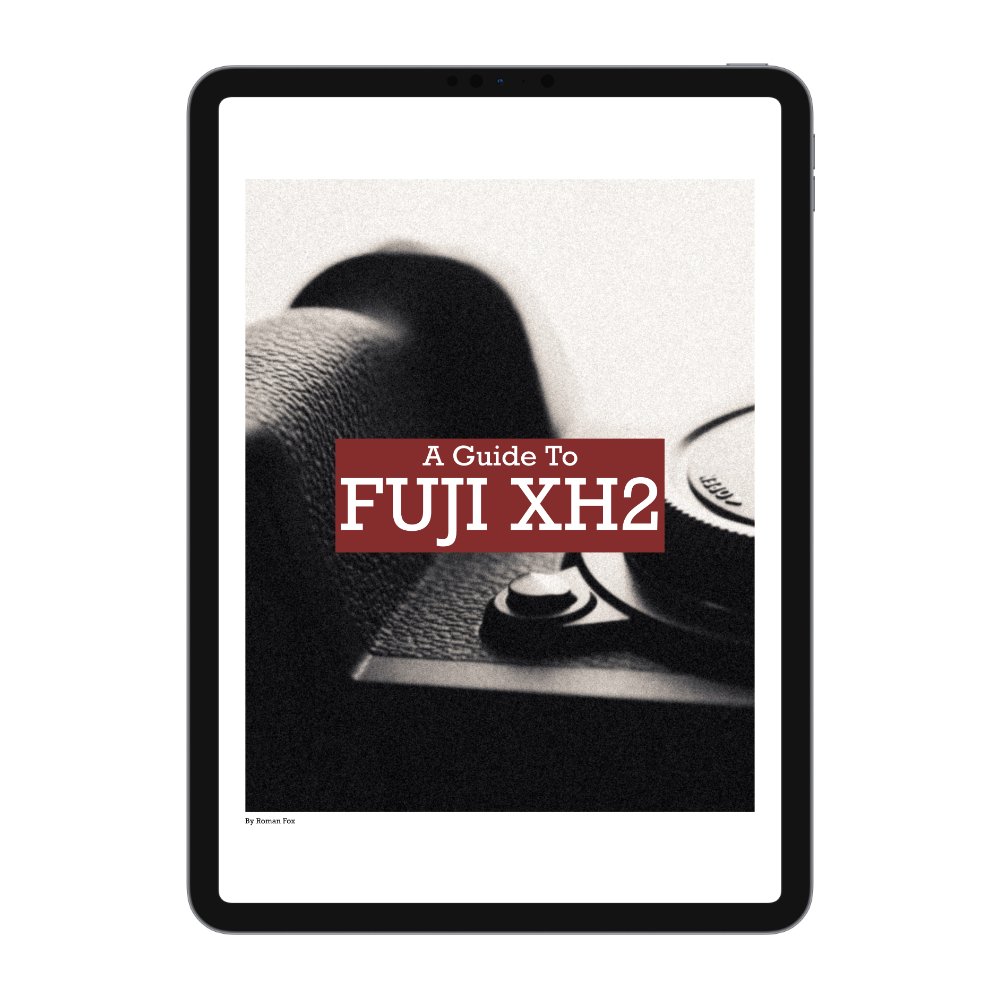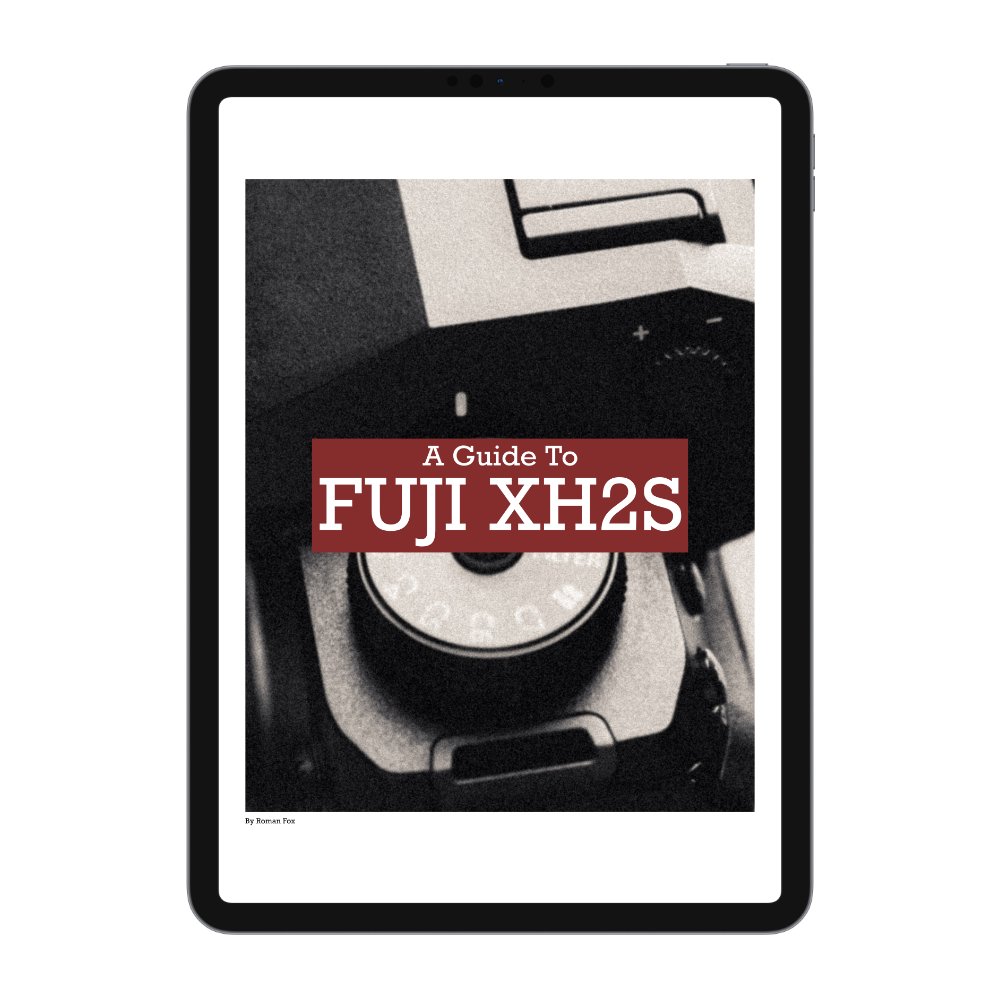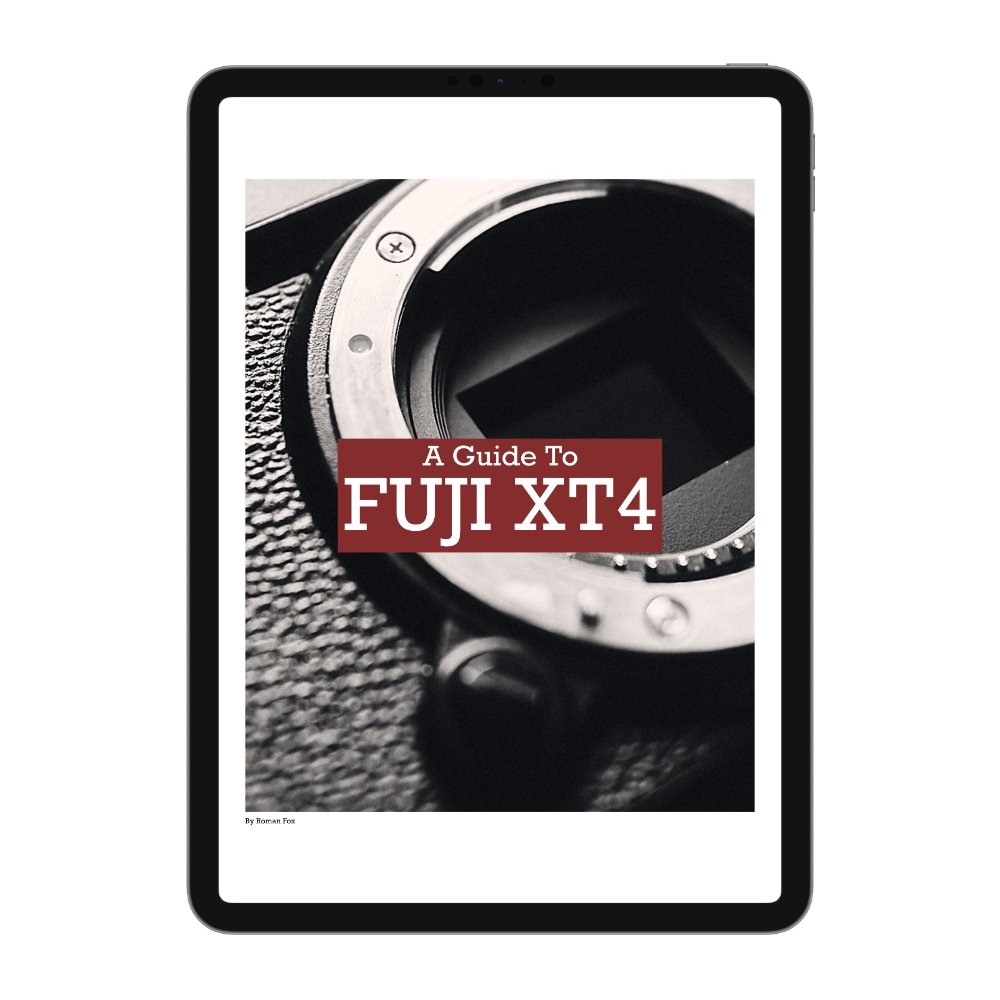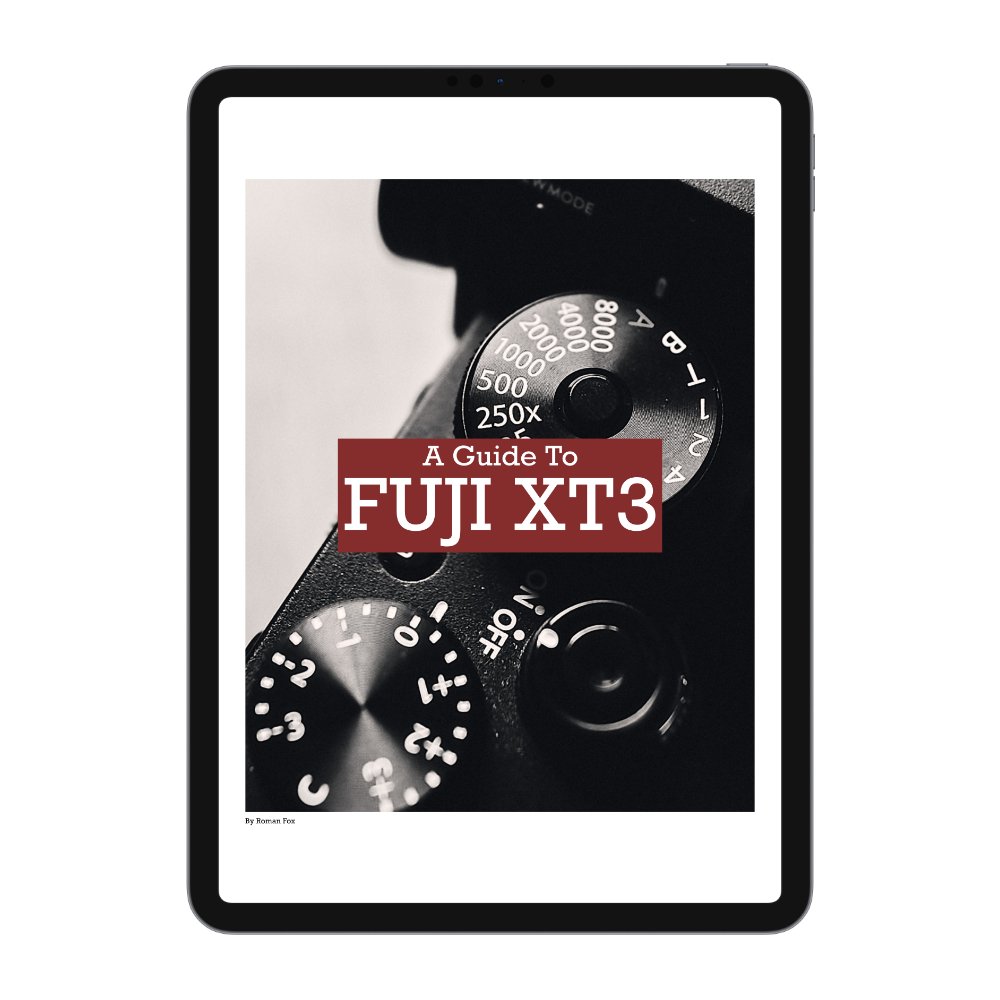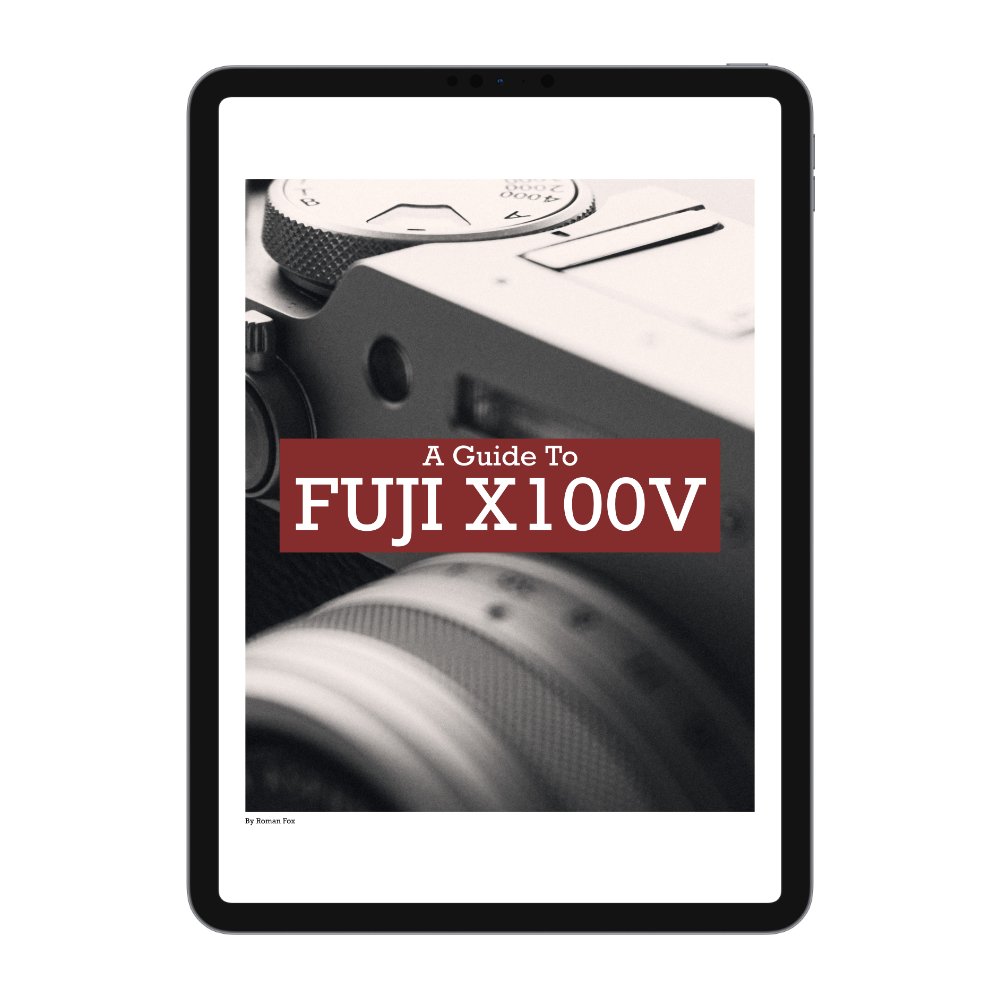5 Things I Love & Hate About Ricoh GRIIIx
In this blog I will cover 5 things I love and hate about the Ricoh GRIIIx. This also applies to the regular Ricoh GRIII. Hate is a very strong word, and while it works for the title, the reality is that I don’t actually hate those features. Instead, they are aspects I am not as happy with. Spoiler alert: overall, the camera is awesome.
Size & Weight
This is the main reason most people buy the Ricoh. It’s lightweight and easily fits in your pocket. The best camera is the one you have with you, and the GRIIIx can always come with me without feeling like a burden. The small size also goes a long way to make it look like a cheap point and shoot. This means less hassle if shooting in areas where a more professional-looking camera might attract unwanted attention.
Top Dial (U1, U2, U3)
The Ricoh has a top dial that allows you to select what photography mode to use. My favourite aspect is the custom section consisting of three memory banks. This allows you to save three separate camera set-ups and change how the camera behaves instantly. I have one for daytime photography, one for low light, and one for slow shutter speed.
Snap Focus
This is a feature I didn’t know existed prior to picking up a Ricoh. Now, I think it should come on every camera out there. Snap focus allows you to enter a specific distance, and when you press an assigned custom button, the camera immediately focuses and locks to that distance. This is amazing for street photographers who like to use the zone technique. I personally have it set to infinity as it allows me to focus on the background, then recompose and populate the foreground without the focus system getting confused.
Macro Mode
This is a feature I didn’t think I’d use much, but found myself often using it for getting little details when I’m travelling.
Image Quality
The image quality is very good. Not just very good for the size, but very good even compared to bigger systems. There is ample dynamic range, great colours, and solid RAW files. Here are some example photos.
No Weather Sealing
The Ricoh does not have any weather sealing. Furthermore, the lens can actually suck dust into the camera when being retracted. Granted, you can buy an accessory that covers the lens element, but that increases the footprint of the camera. I’ve not experienced any issues due to this yet, however long-time users have complained about dust getting in.
Poor Battery Life
The batteries are tiny, thus don’t expect them to last all day. I usually go through two fully charged batteries for an average day of photography.
Poor Low Light Performance
Given the APS-C sensor and f2.8 aperture, this won’t be the best-performing camera in low light situations. Of course, if you’re using a flash, or shooting in bright cities such as Tokyo, this won’t be an issue. However, if most of your photography is in low light, this might be something to think about.
Average AF
The AF is average at best. While it works in good light with ample contrast without issues, as soon as the conditions are not as favourable, the hit rate and time to focus both suffer. For most people and most scenarios this camera is designed for, there won’t be any issues. However, if you think you will rely on AF for moving subjects, then you might want to look elsewhere.
Bad MF
If you like to shoot using manual focus, the experience on the Ricoh will leave a lot to be desired. It’s cumbersome and not intuitive at all. You first need to set a custom button to enable manual focus, then press the macro mode button to enable adjusting the focus, then use the thumb dial to adjust it. It’s pretty bad.
















